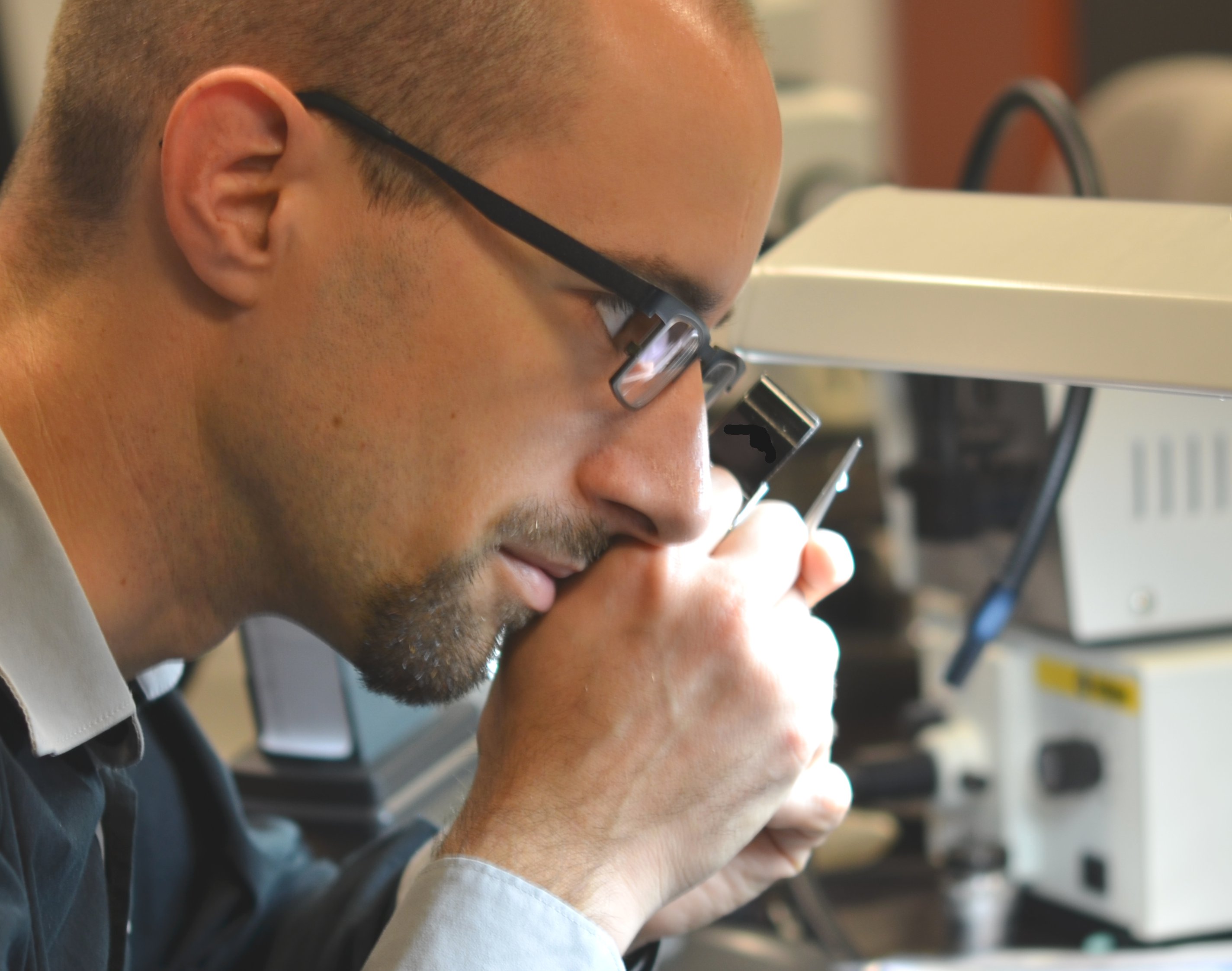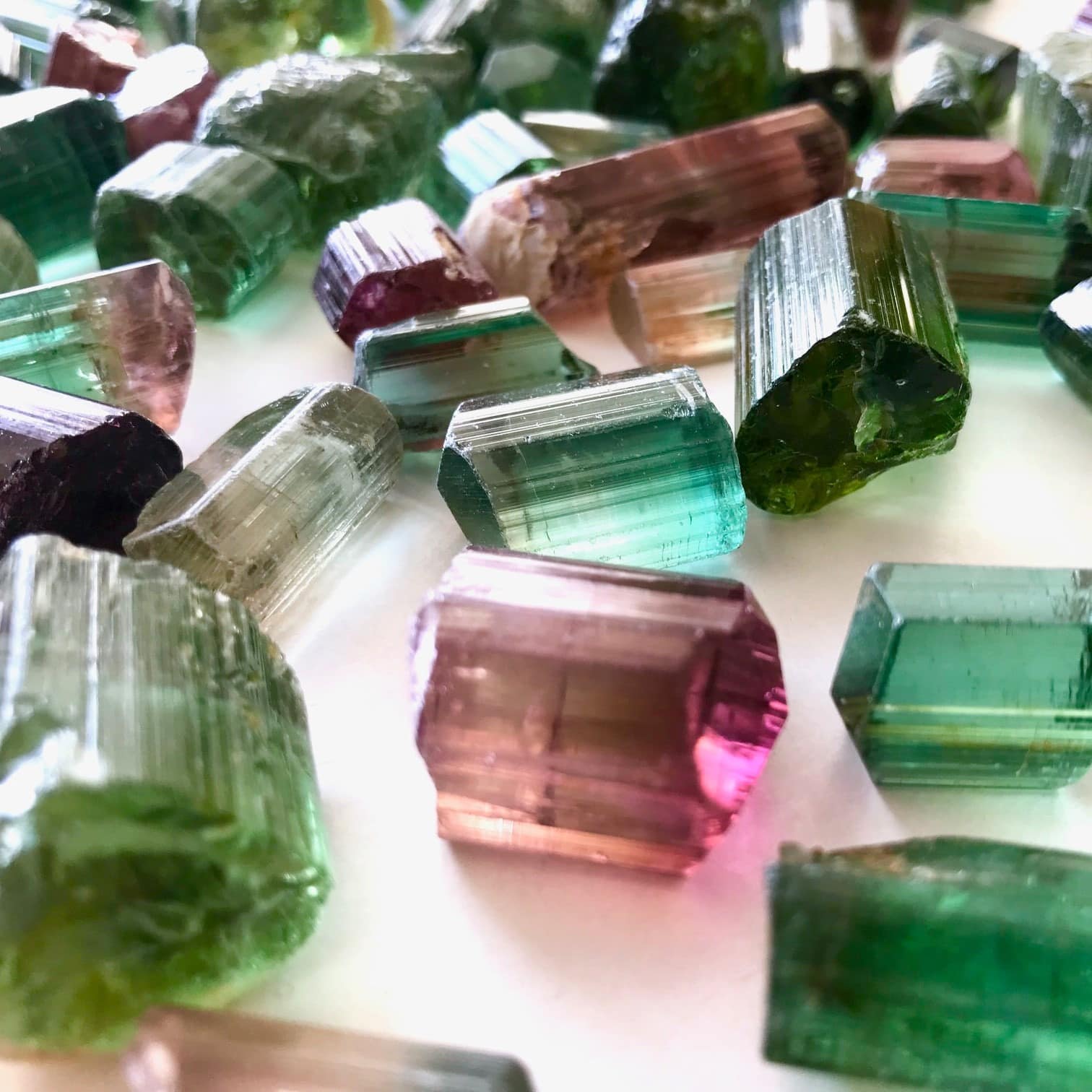This story was originally published under the title ” Clarity of purpose ” in the Rapaport Magazine May 2019 issue. This translation is mine. You can read the original article through this link. Enjoy !
*****
Mr Aurélien Delaunay. Photo: LFG
The LFG, the oldest gemological laboratory in the world, has taken a stand against the certification of synthetic diamonds. Its director, Mr. Aurélien Délaunay, explains why.
The French Gemological Laboratory (LFG) is the oldest in the world. Founded in 1929, it came into being with the arrival of cultured pearls on the market, prompting more than 300 pearl merchants in the 9th arrondissement of Paris to demand a way to differentiate them from natural pearls. Managed by the French government from 1936 to 2010, when it was sold to the Union française de bijouterie (UFBJOP), which is now the majority shareholder. Mr Aurélien Delaunay is currently the Director.
1- What is the specificity of the Laboratoire Français de Gemmologie?
The strength of the laboratory is that it is multidisciplinary. One of our specificities is the privileged link we have with the University of Nantes, known worldwide for its research department in gemmology and mineralogy. Professor Emmanuel Fritsch is our scientific consultant. With him, we initiate research programmes, particularly around diamonds.
We are the only laboratory that refuses to grade synthetic diamonds. We offer our services to an extremely varied clientele, ranging from the great houses of the Place Vendôme to auction houses and museums. We are particularly proud to have been able to warn of the discovery and presence of synthetic brown diamonds of the CVD type. We have also published numerous articles with Emmanuel Fritsch on chameleon diamonds. Our latest discovery was a type IIa / IaB natural diamond. We collaborate with different scientific journals such as Gems & Gemology, Journal of Gemmology and Revue Française de Gemmologie.
2- Why did you decide not to grade synthetic diamonds?
It is a joint decision of the profession and the UFBJOP not to grade synthetic diamonds, unlike other international laboratories. These stones should not necessarily be graded on the same scale as natural stones, as they imitate diamonds and should remain so.
This decision is unanimous in the profession, except for those who wish to promote this material which, I would remind you, is developed in a laboratory. But we must not forget that the increase in synthetic diamonds on the market will bring down their price. Moreover, natural diamonds will always be sought after for what they are, a rare and precious natural resource. The question of grading synthetics is a logical view of things: if they are graded, then so should other synthetics. This is not the case. Moreover, not grading these stones helps to differentiate and isolate them.
3- How do you position yourself in the face of the increase in undeclared synthetic diamonds on the market?
We regularly analyse synthetic diamonds, but we can’t say that their proportion has increased in our analysis volume. We saw a lot between 2012 and 2013, but with the diamond industry becoming more aware and developing analytical tools, things have stabilised. Improved supply to our customers has clearly contributed to this decrease. In addition, we can have 0% synthetic stones in a batch, or up to 20% when it is not properly sourced. But our annual average is less than 1% synthetic in melee batches. However, it can be said that the problems still come from India, where the presence of synthetic diamonds in lots is widely known.
4- In which areas would you say that the players in the jewellery industry need training?
The presence of synthetic diamonds on the market is a major problem. There is a lot of work to be done on the terminology around the description of gems and the different treatments. In France, we are lucky enough to have a law, Decree No. 2002-65, which clarifies things. But this is not the case everywhere.
5- What are the challenges facing the jewellery industry?
For us, the provenance of precious stones remains an important issue for our customers. Among the challenges for the industry are undetectable treatments such as low temperature heating, irradiation of tourmaline and heating of aquamarines or citrines.
Our customers want total transparency. Laboratories will be more and more important in this transparency process. They will have to analyse very small gemstones, in batches or set in jewellery, but also all other materials that are submitted to them.
6- What are your plans for 2019?
Today, we hope to make ourselves better known to individuals who want to obtain clear information about their jewellery. And we also want to export internationally. We exhibited at GemGenève in May 19, where we offered on-site analyses.
We will increase the pace of our conferences, with a frequency of four per year, by inviting international speakers such as Rui Galopim de Carvalho (lecturer, publisher and founder of the Portugal Gemas school) or Eloise Gaillou (curator of the Mineralogy Museum of Mines ParisTech). ◼
See you soon!
See you soon!








